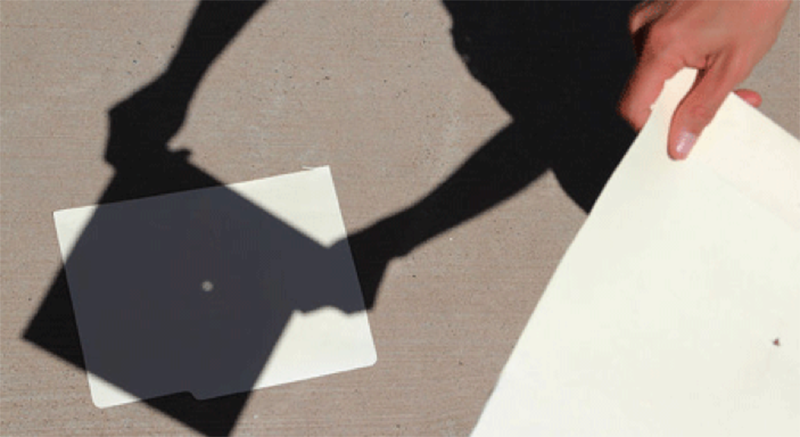How Can You See It?
You never want to look directly at the sun without appropriate protection except during totality. That could severely hurt your eyes. However, there are many ways to safely view an eclipse of the sun including direct viewing – which requires some type of filtering device and indirect viewing where you project an image of the sun onto a screen. Both methods should produce clear images of the partial phase of an eclipse. Click here for eclipse viewing techniques and safety.
Usted nunca debe mirar directamente al sol sin la protección apropiada excepto durante la totalidad. Eso podría lastimar severamente tus ojos. Sin embargo, hay muchas maneras de ver con seguridad un eclipse del sol incluyendo la visión directa – que requiere algún tipo de dispositivo de filtrado y visión indirecta donde usted proyecta una imagen del sol sobre una pantalla. Ambos métodos deben producir imágenes claras de la fase parcial de un eclipse. Haga clic aquí para ver técnicas de eclipse y seguridad.

Figure 5 – Check with local science museums, schools and astronomy clubs for eclipse glasses—or purchase an ISO 12312-2 compliant pair of these special shades!
Figura 5 – Consulte con los museos de ciencias locales, escuelas y clubes de astronomía para gafas de eclipse-o comprar un par compatible con ISO 12312-2 de estos tonos especiales!

nasa.gov


